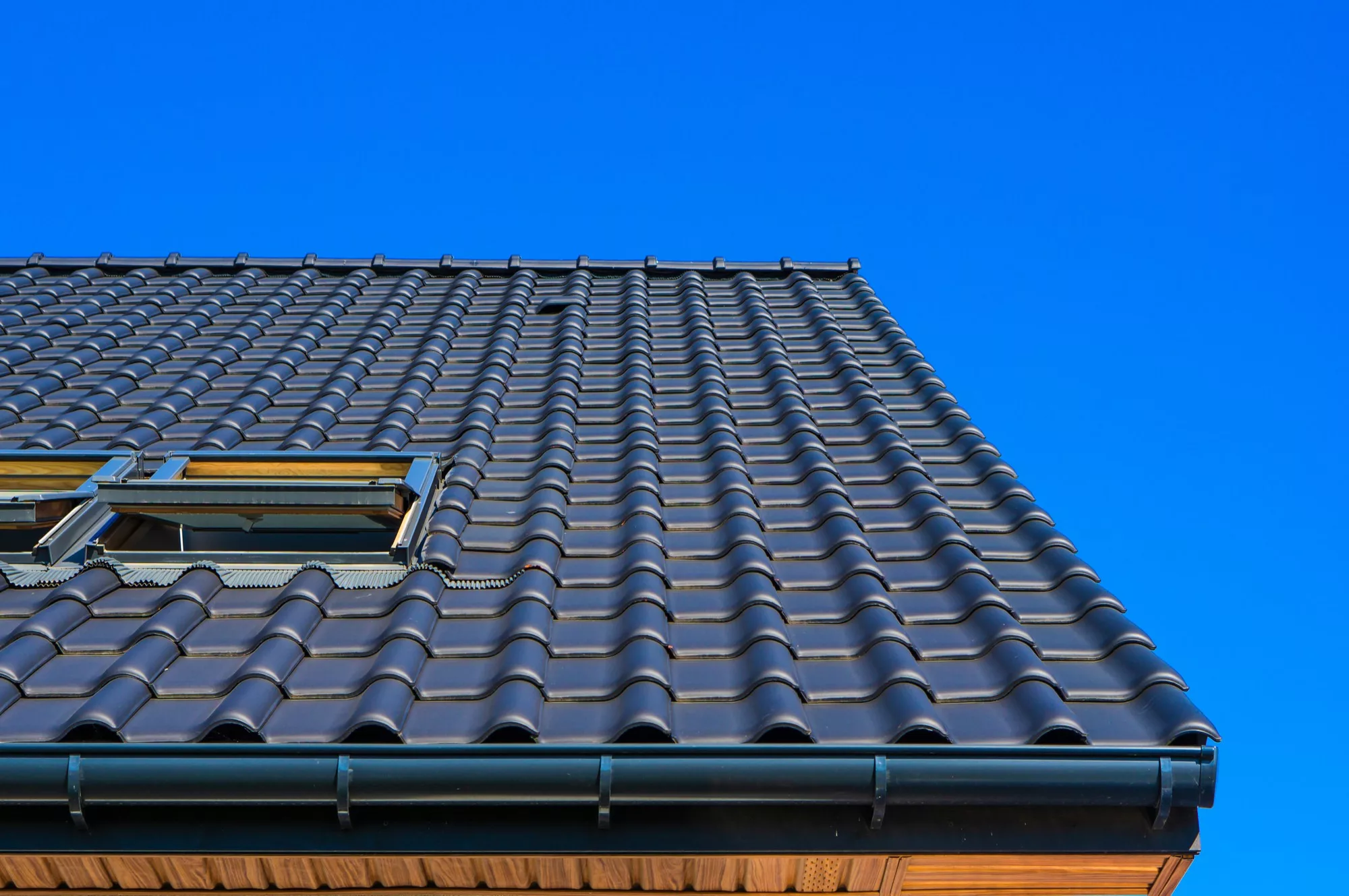
Drip, drip. What’s that sound? It might be a sign that says it’s time to install a new roof on your home.
Roofs are constantly exposed to heat, cold, rain, and snow. While many roofing products come with 25-year warranties, eventually, roofs will wear out.
Luckily, that doesn’t happen overnight. Pay attention to the signs that indicate your roof is warning you of bigger problems. Here’s what to watch for.
You find leaks in the attic or upstairs rooms
Water can pose a major problem inside your home. When you find a drip from the ceiling or a puddle on the floor, fixing it should be your priority. Do a visual inspection occasionally, both inside and out. Look for watermarks in the attic or upstairs spaces or ice dams along the eaves. Keep in mind that water can travel great distances before it becomes visible. It can travel down pipes and stay along beams before surfacing in one of your rooms. If you suspect it’s a roofing problem, get it checked out and corrected immediately. Waiting longer means it’ll be more costly to repair.
The roof is reaching its lifespan
How old is your roof? Each roofing material is designed with a specific lifespan in mind.
- Asphalt shingles – 15 to 25 years
- Wood shingles – 15 to 30 years
- Metal roof – 30 to 50 years
- Clay tiles – 30 to 50 years
- Slate tiles – 50 years to a lifetime
Of course, a roof’s lifespan depends on the quality of the product and how well it was installed. If you aren’t sure when it was installed, you can have a roofing inspector inspect it. That will give you a better understanding of the life left in your roofing material.
You find shingles in your lawn
If you glance up at your roof and find missing shingles, it’s a good indication the roofing material is weakening. When this happens, the adhesive releases and separates from the surface. A gust of wind is all it takes for a shingle to blow off the roof.
One or two shingles can be easily replaced. But when two becomes three or four, it’s a sign of a more significant problem. If your roof is relatively new, it could be improper installation. If it’s nearing the end of life, then it needs replacing.
There is extensive granule loss
When you clean out the drain spouts, you’ll find the usual leaves and twigs. If you notice extensive colored granules from the roof, it could be a sign of damage. Granule loss is a normal process depending on the age of your roof. An excessive amount of granules is a sign the shingles are wearing out.
When singles are first laid into place, some granules will loosen and wash away with the first few rain storms. If this increases, inspect the shingles further to ensure you don’t find bare patches. This tells you the shingles no longer have the necessary materials to protect the roof from further damage.
You notice the roof is sagging
Sagging occurs when there’s structural damage underneath the shingles. It’s a sign moisture is trapped underneath, rotting away some of the boards. Check the lowest spot on the roof for signs of trapped water or rotting wood. The easiest way to see this is to stand across the street and look at it from different angles. When properly maintained, the roof should appear straight along its lines from every angle. Sagging or slumping signals a problem.
You find paint damage
Paint can start peeling, blistering, or swelling if water pools up underneath it where it doesn’t belong. This can occur both inside and out. While it may start small, even minor blemishes should be checked quickly before they escalate. If water starts pooling where it shouldn’t, it will keep growing. If you can’t follow the trail to find out where it’s coming from, call in an expert to get to the heart of the problem.
Mold, moss, or fungi is taking over
Have you ever found mushrooms where they shouldn’t be? If they appear on your roof, ceilings, or walls, it’s a warning something is wrong. Depending on the location, it might be a plumbing problem. It could be your roof if you notice them in the attic, upper floor ceilings, or near the roof line.
Moisture issues have the added complication of turning into a health problem. If mold or mildew forms and continues to grow unnoticed, it can impact your indoor air quality and damage your family’s health. If you see any sign of mold, moss, or fungi, have an inspector get to the bottom of the problem immediately.
Your utility bills keep climbing
Keeping a home comfortable can be a never-ending task of balancing the heating and cooling functions with making improvements to its sustainability. A roof’s job is to keep conditioned air inside while preventing outside air from flowing in. It should be tightly sealed to ensure air leaks aren’t occurring. Roof tile color can make a difference, as well as upgraded technology. Today’s roofing tiles can utilize solar power or have reflective qualities. If you’re looking for home improvement projects to ensure a lower carbon footprint, an upgraded roofing material may be the perfect addition to your wishlist.

